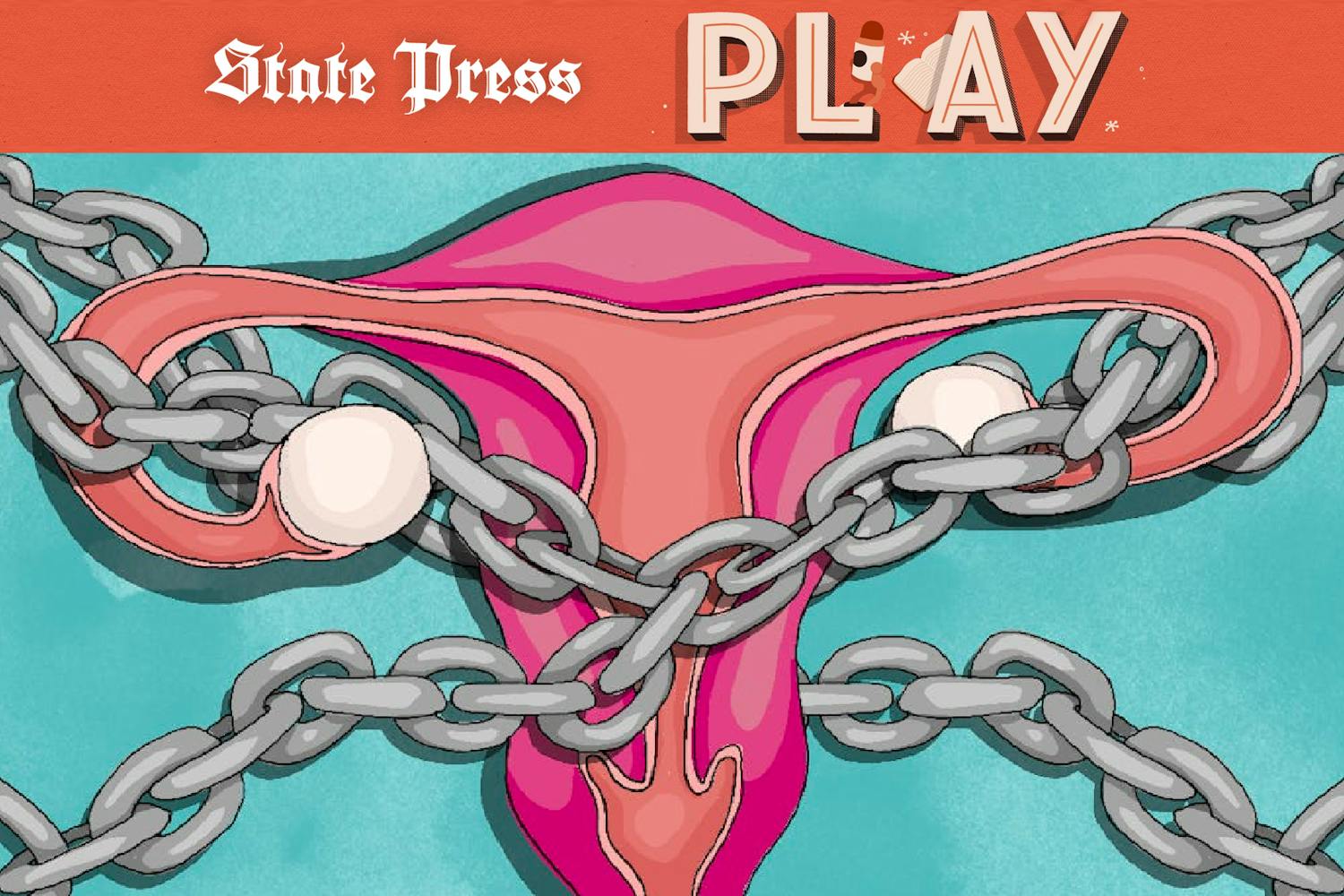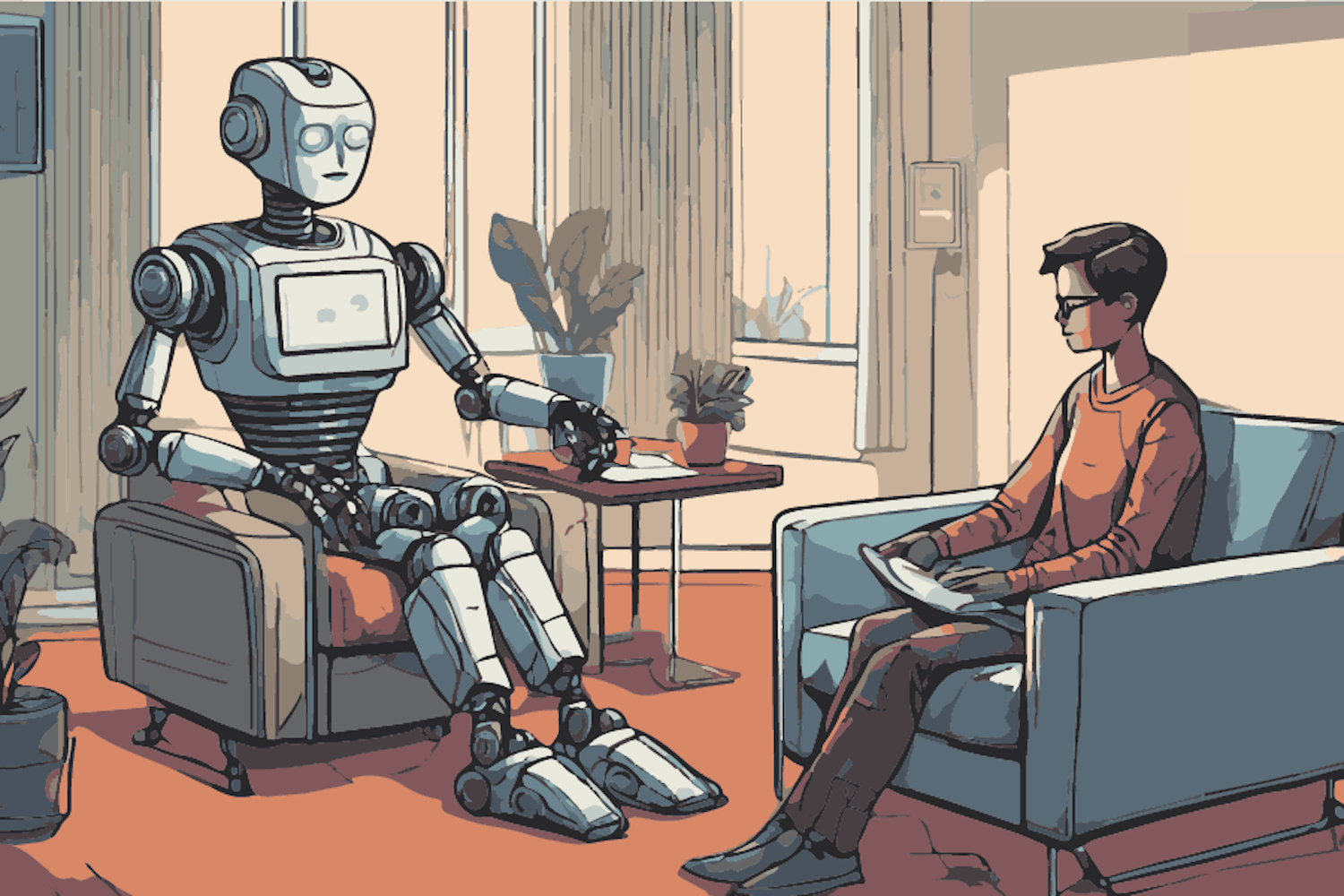Children, little girls in particular, often long to look beautiful. They look up to older role models for how to act. Often, the movies they watch, images they see and the things they are told shape their future hopes and anxieties. Role models such as Disney’s princesses help shape young girls' aspirations in life and beliefs about how their bodies should look.
Jewel Moore, a Virginia teen, started a petition for Disney to change how princesses are portrayed. She believes children receive unrealistic expectations and concepts of ideal body images from Disney princesses.
In a Change.org petition, she writes, “I know many younger plus-size girls and women who struggle with confidence and need a positive plus-size character in the media. I want there to be a character for those little girls to look up to."
Disney has a reputation of placing beauty above brains and a normal body image.
A recent study found that two-thirds of 13-year-old girls fear weight gain and more than half of teenage girls skip meals or engage in other unhealthy behavior related to weight gain.
Disney princesses and the unrealistic body images they give today’s children are a stepping stone to promoting unhealthy body images and eating disorders.
Psychologically, Disney links being a princess with finding a man, being beautiful and expecting to be taken care of by Prince Charming. The princesses use their natural beauty and sexuality to find true love and live happily ever after. Disney does not teach young women to be driven, independent and focused on working out their own problems by themselves.
Take "The Little Mermaid," for example. It's a story about a young girl who defies her father and gives up her voice for a pair of legs in order to win the affection of a man whom she has never met before. She uses only her sexuality to achieve these two feats and reinforces the patriarchy in the first part of the story.
Disney was praised for it's recent princess in film, "Brave." However, the film is still critiqued for the main character, Merida's proportions. Her eyes are bigger than her wrists and Disney has recently come under fire for "sexualizing" Merida in a redesign, making the fireheaded princess slimmer and older and changing her facial features.
The movie's director described the redesign as horrible, adding, "When little girls say they like it because it's more sparkly, that's all fine and good but, subconsciously, they are soaking in the sexy 'come hither' look and the skinny aspect of the new version. Merida was created to break that mold — to give young girls a better, stronger role model, a more attainable role model, something of substance, not just a pretty face that waits around for romance."
While the movies are entertaining, they provide little to no positive examples of how girls should aspire to be when they grow up. There needs to be a call for a new generation of Disney princesses. Princesses who save themselves from the tower, fight their own dragons and don’t need a prince in order to feel safe and secure.
We need princesses with curves, with boyish figures and we need princesses that assure children that it’s OK to not be perfect.
Reach the columnist at Kassidy.McDonald@asu.edu or follow her on Twitter @kassmcdonald



